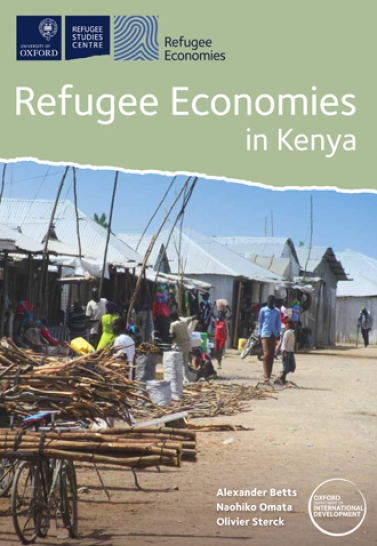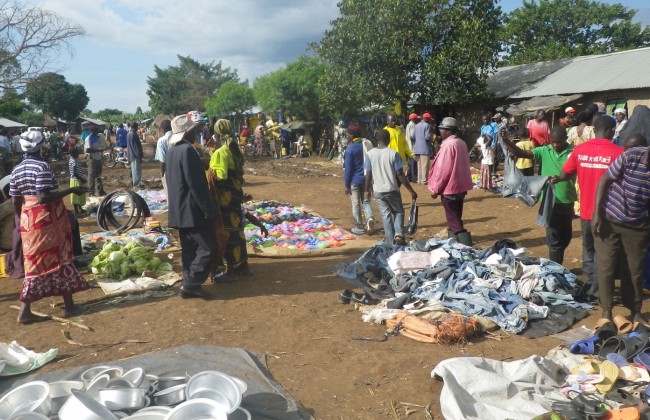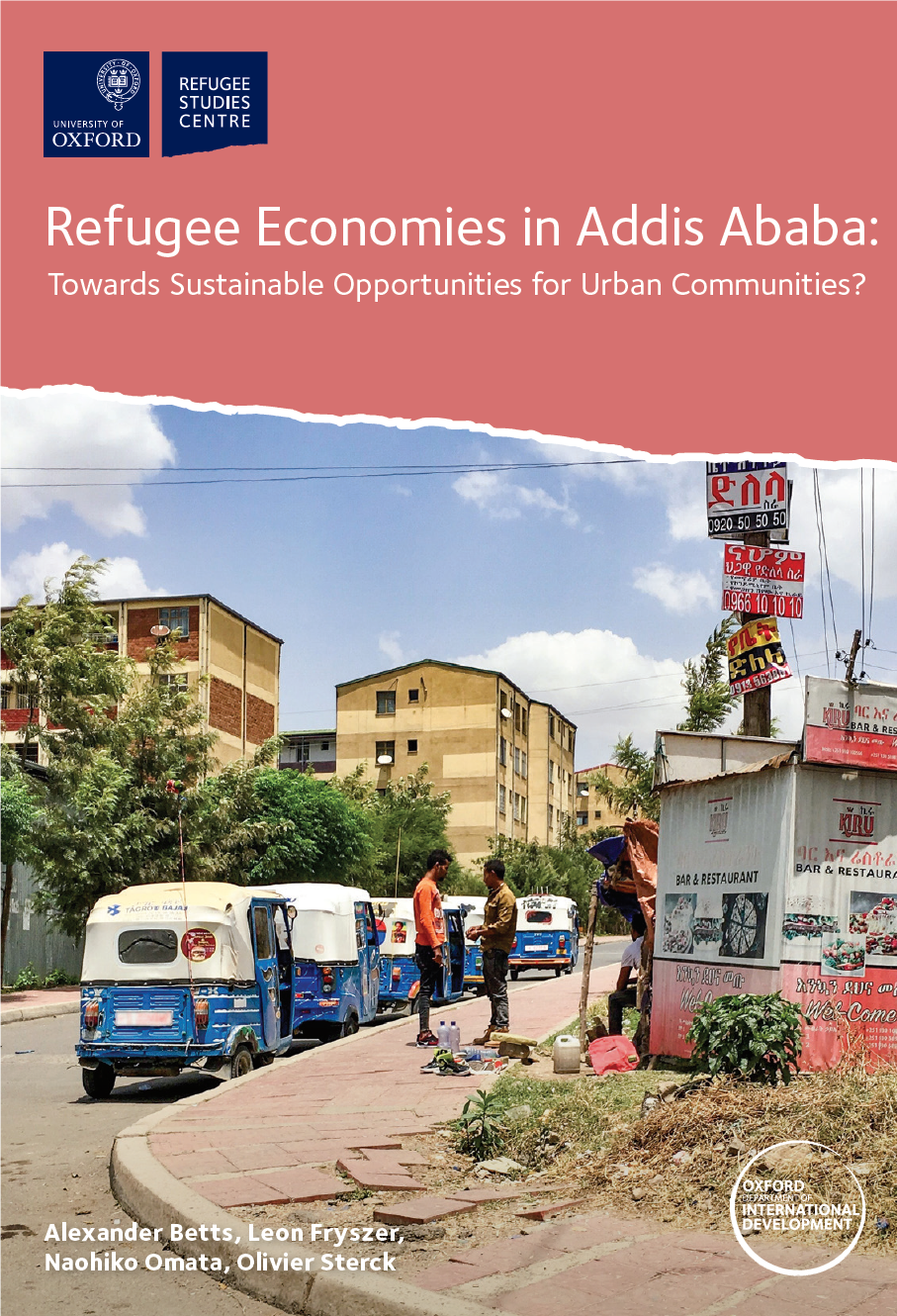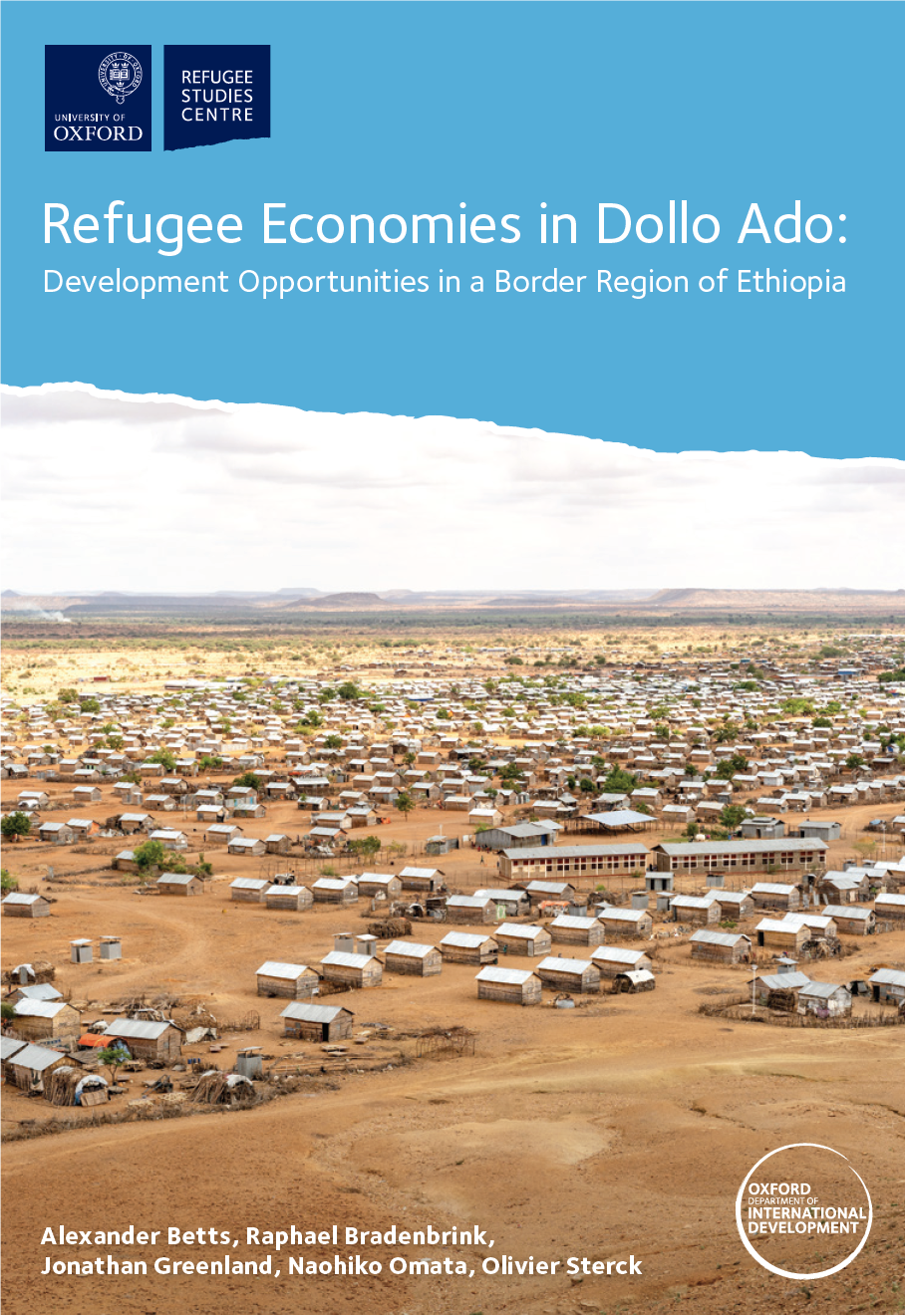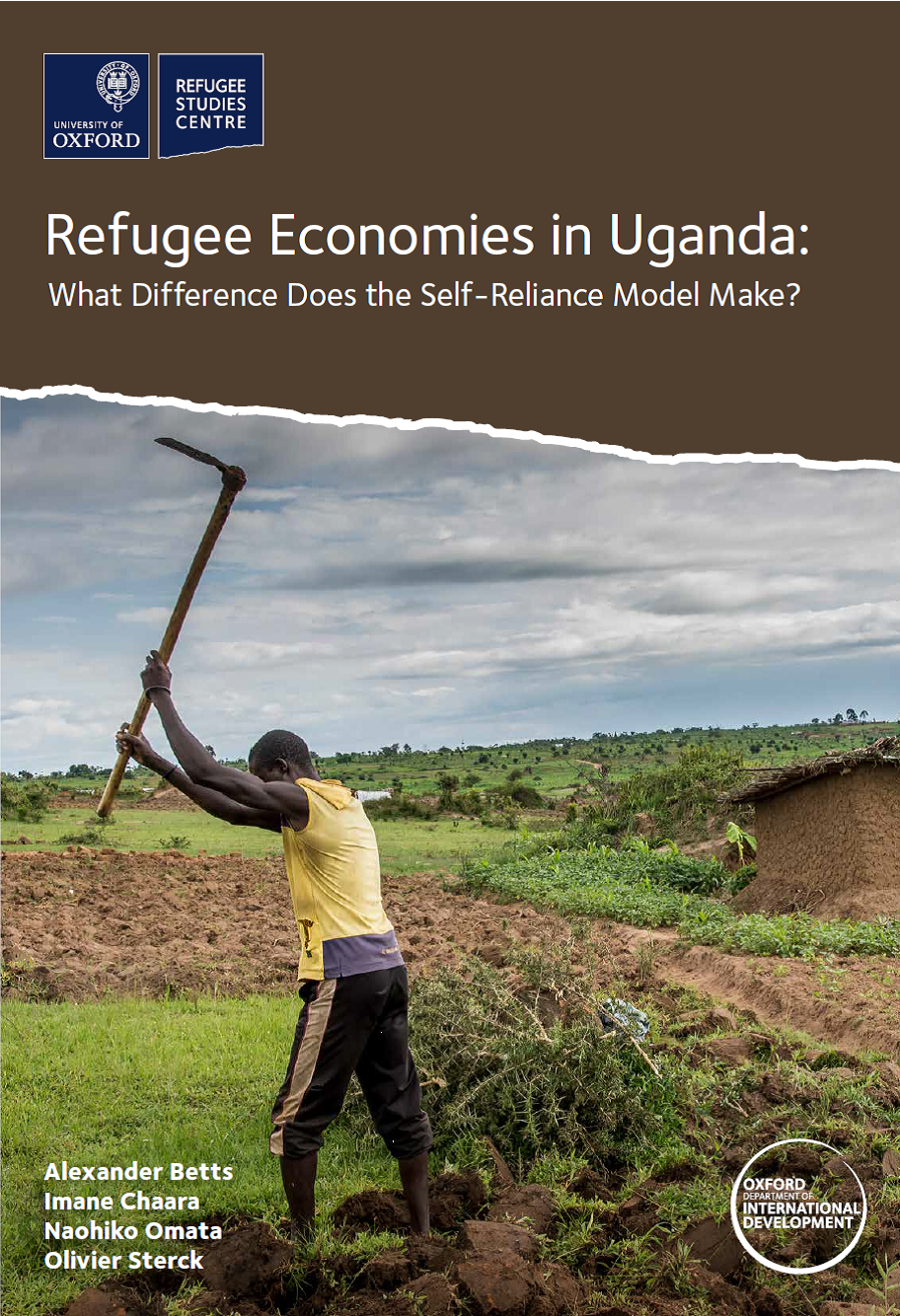The report compares socio-economic outcomes for refugees and the surrounding host communities, in both urban and camp contexts, to explore the questions: ‘What difference does it make – in economic terms – to be a refugee?’
Kenya hosts nearly half a million refugees, most of which are concentrated in three main locations: the Dadaab camps, Kakuma camp, and Nairobi. Since the 1990s, the Government of Kenya has limited refugees’ right to work and freedom of movement outside camps. Kenya therefore represents an interesting context in which to examine the economic lives of refugees and their interactions with host communities within a constrained regulatory environment.
The research is based on 4,355 survey responses from refugees and host community members in Nairobi and Kakuma camp. Using this data, the report compares, and tries to explain, refugee and host outcomes across three dimensions (livelihoods, living standard, and subjective well-being) bases on four main sets of explanatory variables: regulation, networks, capital, and identity.
Findings suggest that the Turkana generally regard refugees in Kakuma as making a positive economic contribution, as do Kenyans living in Eastleigh. However, these findings also require some nuance. In and around Kakuma, there are different relationships between refugees and the Turkana and non-Turkana. Within Nairobi, Somalis’ relationships with their Kenyan neighbours are different from those of Congolese refugees. Across contexts, there is some evidence that the degree of perceived and actual economic contribution – and the distribution of costs and benefits among the host community – influence refugee-host community relations.

